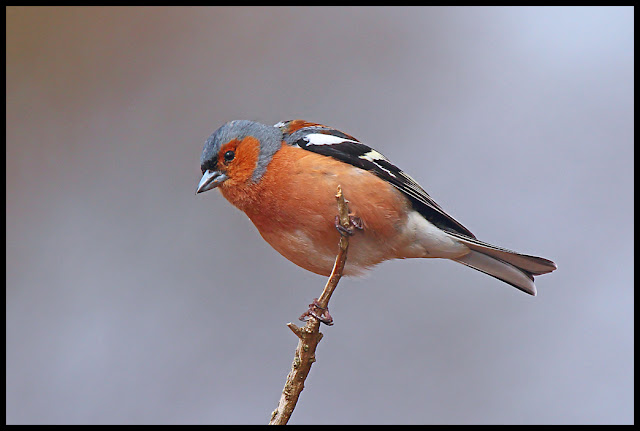I'm back from my trip to France (some pictures in due course) and it's time to start playing catch-up.
These are the last of the images from April 2013 and the first weekend in May.
These were taken on Coombe Heath, Arne, Dorset – a part of the RSPB Arne reserve.
 |
| Chaffinch |
 |
| Meadow Pipit |
I could hear this bird singing in the gorse and it took me quite a bit of manoeuvring to find the tiniest of gaps through which I could take these images. I am pleased that I have been able to show its characteristic extra-long rear claw.
 |
| Sika (male) |
The rest were taken in the woods and by the shore on the approach to Shipstal Point beach.
 |
| Little Egret |
 |
| Sika |
And now into May.
I decided to pay one of my rare visits to Garston Wood, near Sixpenny Handley, Dorset. This wood is a worked and maintained example of ancient woodland* and is in the stewardship of the RSPB. There is a population of our native Roe Deer.
 |
| Marsh Tit |
*Ancient
woodland is defined as land that has been continually wooded since at
least 1600AD. From 1600AD, planting of woodland became more common, so
woodland that pre-dates this is more likely to have grown up naturally.
Some ancient woods may even link back to the original wild wood that
covered the UK around 10,000 years ago, after the last Ice Age.
Ancient woods are the jewel in our woodland crown. They are our
richest sites for wildlife and are full of cultural heritage. Ancient
woods are also some of our prettiest woodland - some have carpets of
bluebells, wood anemones and celandines in spring.
But, not all ancient woods are the same. They vary from the native
pinewoods in the Cairngorms of Scotland to the moist and lichen-rich
oak-woods of the Atlantic seaboard and the flower rich coppice woodland
in south-east England.
(Woodland Trust)







































No comments:
Post a Comment